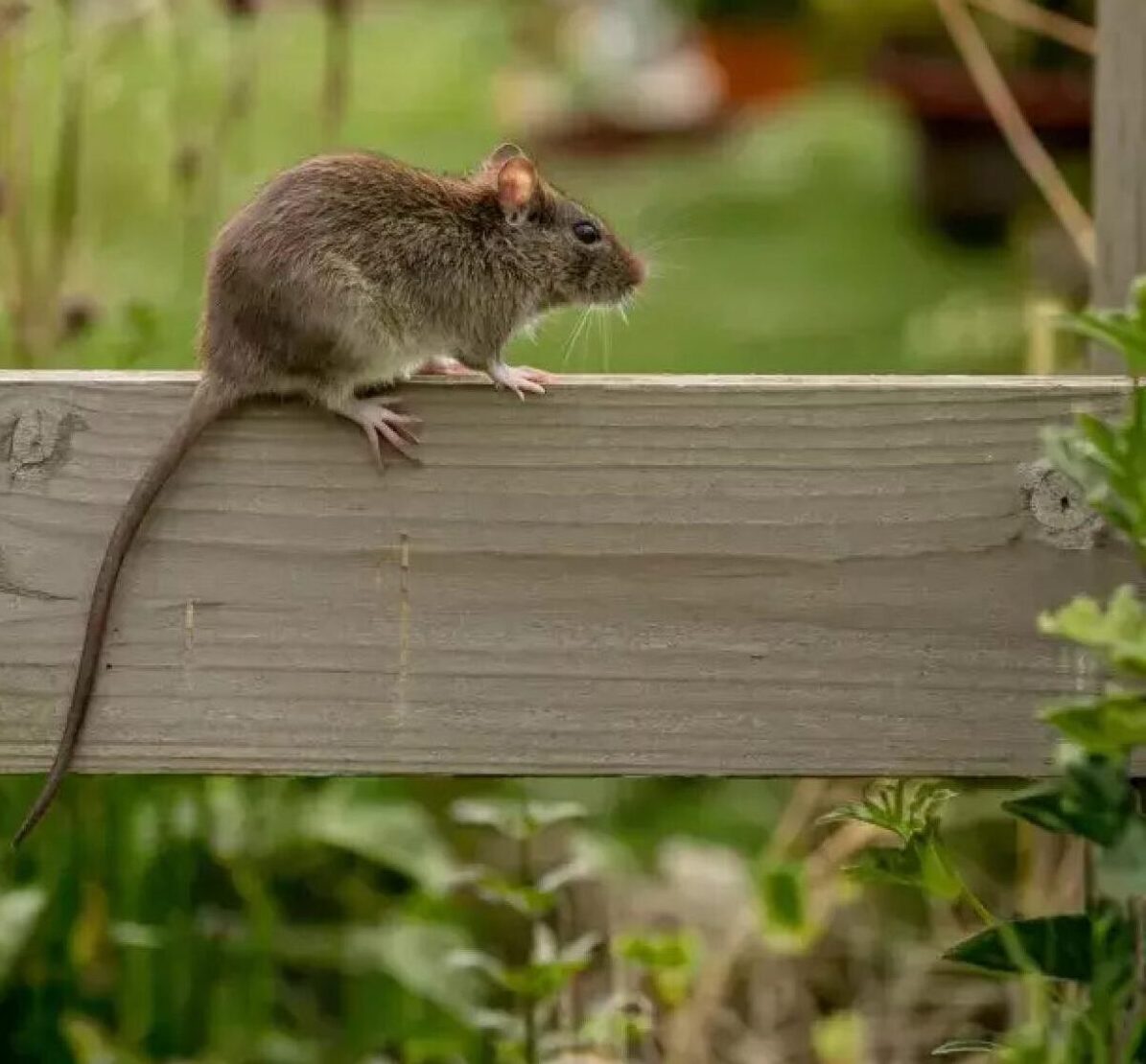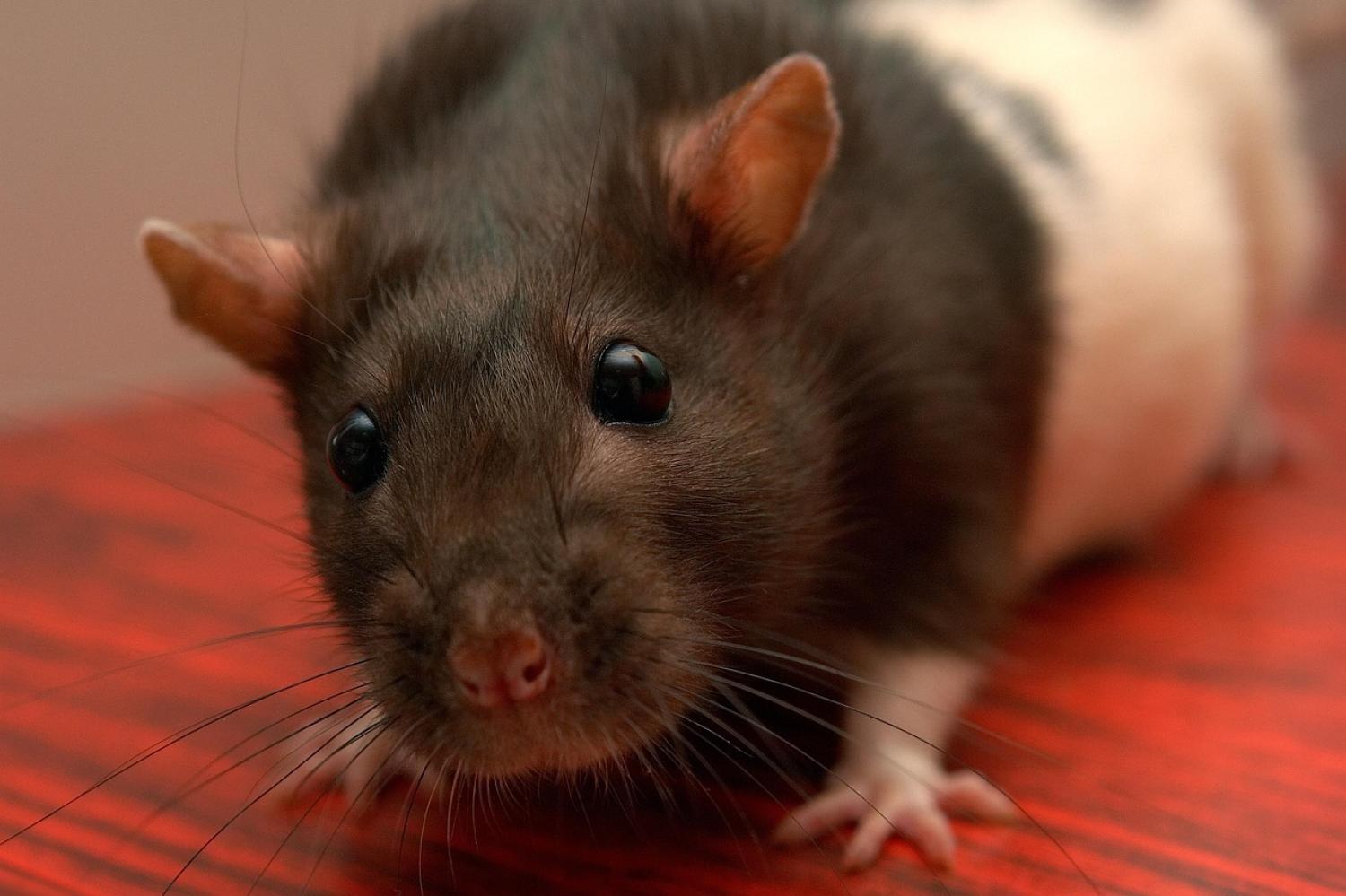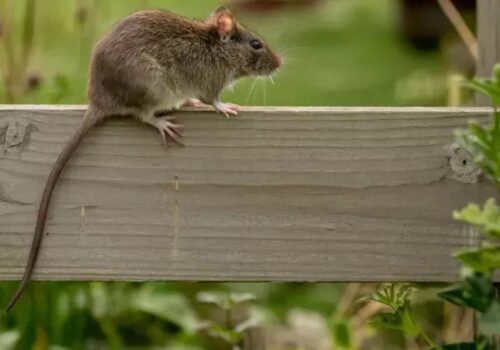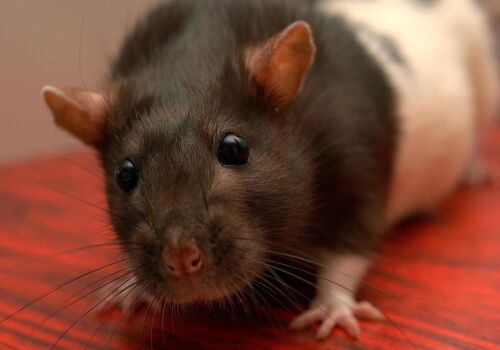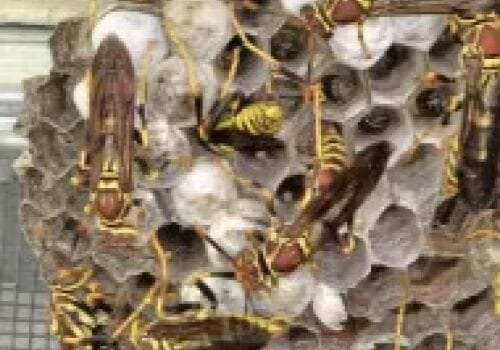A Peek Into Our Rodent Control Project
Pleasanton Rd, San Antonio, TX, US, 78221
Description
Introduction to Rodents as Pests
Rodents, such as rats and mice, are common pests that can cause significant issues in residential and commercial areas. These creatures can undermine sanitation, damage property, and present health risks through disease transmission.
Identification of Rodent Infestations
Rodents are often identified by signs such as droppings, gnaw marks, and unusual noises. It’s important to distinguish between the various types of rodents, like the house mouse and Norway rat, to apply the most effective control measures.
Preventative Measures
Sanitation and cleanliness are key in preventing rodent infestations. Ensure structural modifications, like sealing entry points, and practice safe food storage to deter rodents from settling in your home or business.
Control Measures
Trapping is a common control strategy, with various traps available for different situations. Rodenticides may also be used, but safety considerations are paramount to prevent harm to humans and non-target animals. Biological control methods can also be explored in certain scenarios.
Rodent Behavior and Ecology
Understanding rodent behavior is crucial for effective control. Rodents have rapid breeding habits, diverse feeding patterns, and a remarkable ability to adapt to urban environments, making control efforts challenging but not insurmountable.
Health Risks Associated with Rodents
Rodents are vectors of numerous diseases, which can be transmitted to humans and pets. Additionally, they can provoke allergic reactions and contaminate food and living spaces.
Professional Pest Control Services
Hiring professional pest control services offers benefits such as expertise in integrated pest management strategies, ensuring safe and effective rodent control and minimizing health risks.
Legal and Ethical Considerations
There are regulations governing pesticide use to ensure environmental safety and humane considerations in rodent control, ensuring ethical practices are followed.
Case Studies and Success Stories
Learning from case studies illustrates examples of successful rodent control in diverse settings, highlighting the effectiveness of various strategies.
Conclusion
Effective rodent pest control requires a comprehensive approach involving identification, prevention, and responsive control measures. As we look to the future, integrated pest management and continued innovation will be essential in managing these pervasive pests.
FAQs
-
- Q: What are the most common signs of a rodent infestation?
A: Common signs include droppings, gnaw marks, and unusual noises. - Q: How can I prevent rodents from entering my home?
A: Ensure good sanitation, seal entry points, and store food safely. - Q: What should I consider when using traps or rodenticides?
A: Safety should be a priority to protect humans and non-target animals. - Q: Why is professional pest control advantageous?
A: Professionals provide expertise and implement integrated pest management strategies safely. - Q: Are there legal considerations in rodent control?
A: Yes, regulations govern pesticide use and humane treatment of rodents.
- Q: What are the most common signs of a rodent infestation?
</ul
Comments
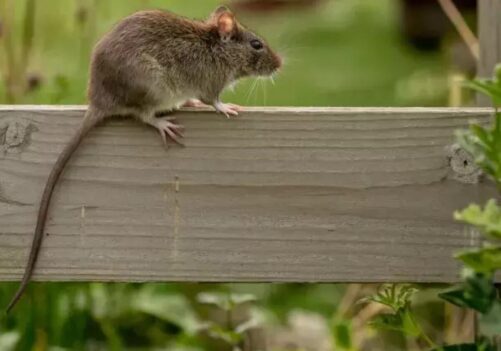
Similar Projects
Recent Projects
-
A Closer Look at How Bordered Plant Bugs and Ants Work Together
Pleasanton Rd San Antonio, TX, US, 78221

